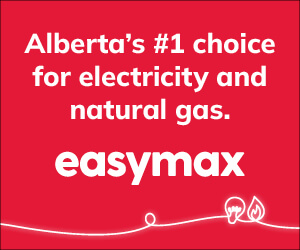Regular readers may recall that I made a trip to Italy a few months back, where I indulged in wines from ancient vineyards that have seen empires rise and fall, the birth of new religions, the decline into the dark ages, the enlightenment of the renaissance, and the eventual birth of the modern age.
Barolo is one of those special-occasion wines that I do not order often, but a visit to its ancestral home in the Piedmont region of Italy surely qualified, so I decided to splurge on a bottle at a delightful little outdoor café surrounded by beautiful palazzos and marble statuary.
For those not familiar with Barolo, it refers to the name of the region in northwest Italy where the wine is produced, rather than the name of the grape varietal itself.
For historical reasons that only make sense to stuffy old-world wine snobs, the term Barolo is a DOCG. The English version of DOCG roughly translates to Controlled Designation of Origin Guaranteed.
In a nutshell, it means that wine with a Barolo label on the front is guaranteed to have been produced in a very particular collection of vineyards in one part of Italy, comprising less than 5000 acres under vine in the foothills of the Alps, with annual production of around 10 million bottles.
The actual grape varietal that is used for Barolo is called Nebbiolo, although tiny amounts of other varietals are sometimes blended in to make a smoother flavour profile.
The history of Nebbiolo grape goes all the way back to the 1st century, with none other than the Roman philosopher Pliny the Elder waxing poetic about the joys of the wine from this particular region.
The Nebbiolo grape is very special, loaded with polyphenols to give the wine a full body, as well as relatively high acidity, which allows the wine to age well for decades without spoiling. If you are fan of big and bold red wines, the Nebbiolo grape should be on your top ten list.
Up until the 1970s, it was common to age a bottle of Barolo for up to 25 years before opening it, as the tart tannins in the wine took that long to soften.
However, modern winemaking techniques led to a great schism in the ranks of the stuffy old winemakers, with the old guard insisting on letting the skins macerate on the juice during fermentation to extract the color and flavour for up to 3 weeks. Long barrel aging was required to soften the bitter tannins from the skins, but the result is a thick and complex wine like no other.
Throwing tradition to the wind, the brash new breed of upstart young winemakers wanted a wine that could be opened within a few years of bottling, instead of waiting a decade or more for the wine to reach maturity.
The more modern generation of winemakers went with a maceration time of only a few days instead of a few weeks, and aged the wine in much smaller barrels to reduce the bitter tannins and impart more oak into the wine. This results in a wine that reaches maturity in just a few short years.
Regardless of whether the traditional or modern methods are used, the resulting Barolo wine is always of the highest quality, with a rich and complex body and crisp alcoholic bite in the finish.
So eager are the winemakers to keep the exclusivity and prestige associated with the Barolo name, any wines that don’t quite measure up to their exacting quality standards are sold as generic table wine without the Barolo label.
The vast majority of the Nebbiolo grape is still grown in its ancestral home of northwest Italy, but there are some up-and-coming plantings from California and Australia that are juicier and more fruit forward.
If you would like to pick up a bottle of Barolo, be warned they are on the pricy side. Expect to pay $60-$100 for the average Barolo, with the rare vintages going up from there.
For a more reasonably priced alternative, look for an Italian wine made from the Nebbiolo grape, but grown just outside the tightly controlled borders of the Barolo region. My favourite everyday drinker is the Nebbiolo D’Alba, made from the same grape as Barolo in a slightly less prestigious nearby vineyard, but priced at only $29 in well-stocked booze merchants across Alberta.






